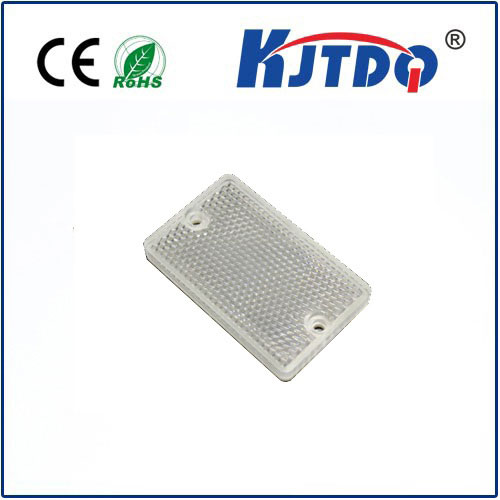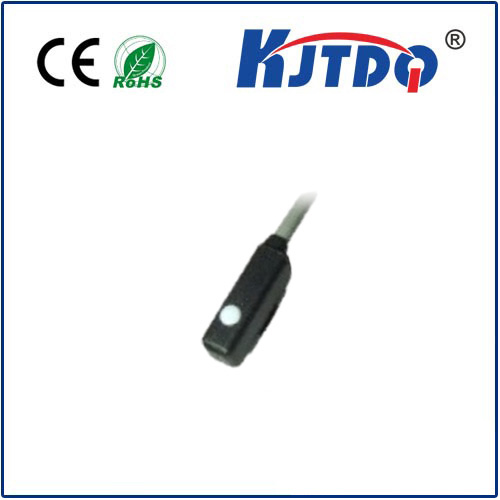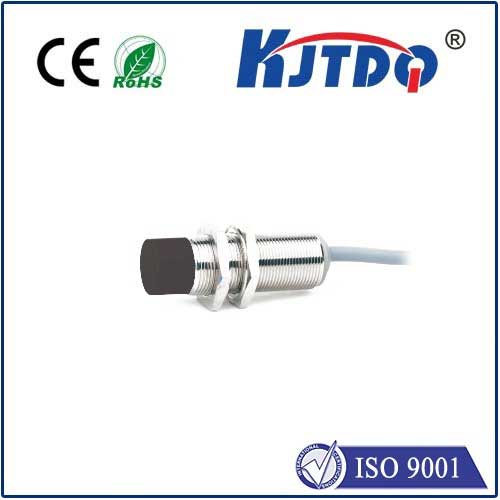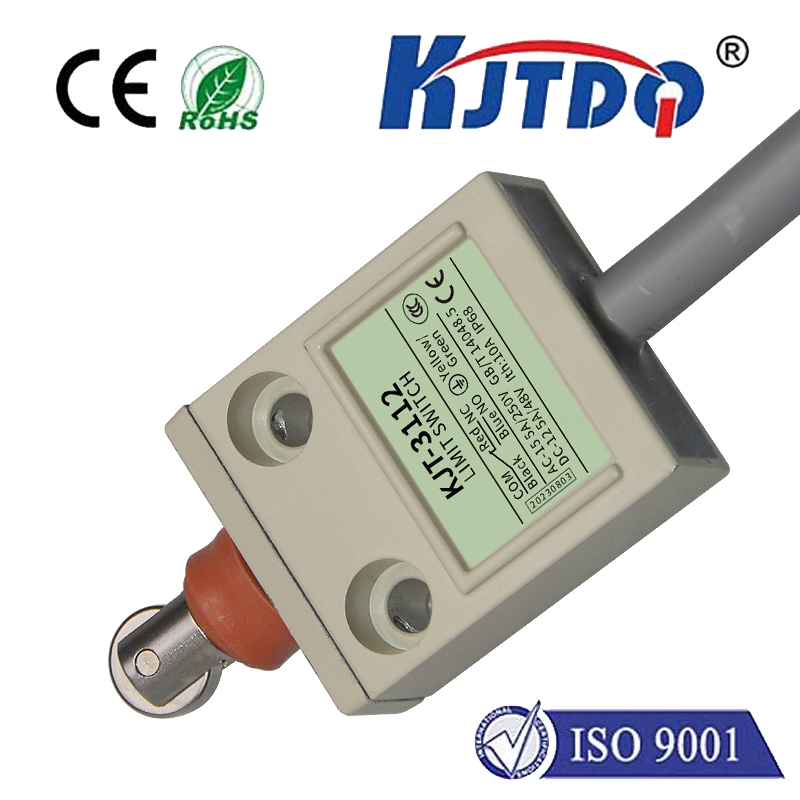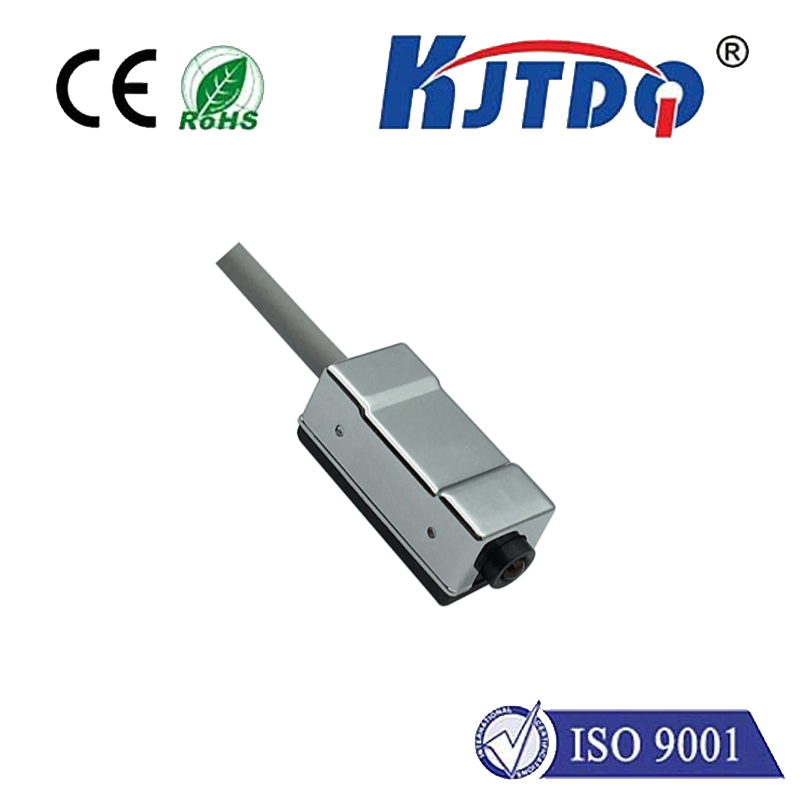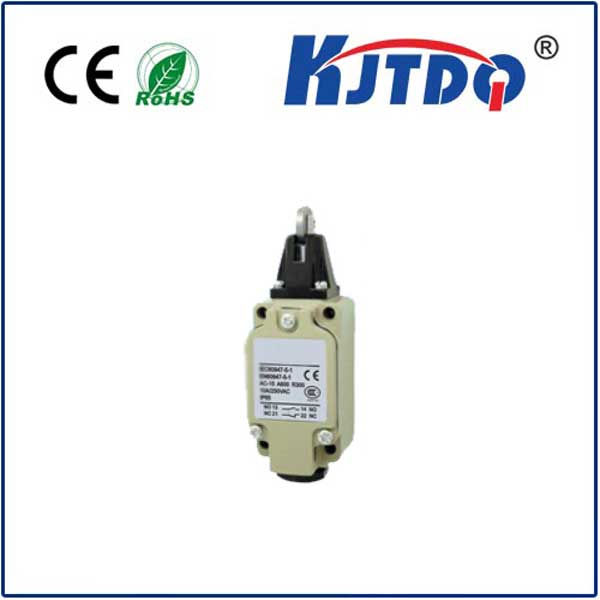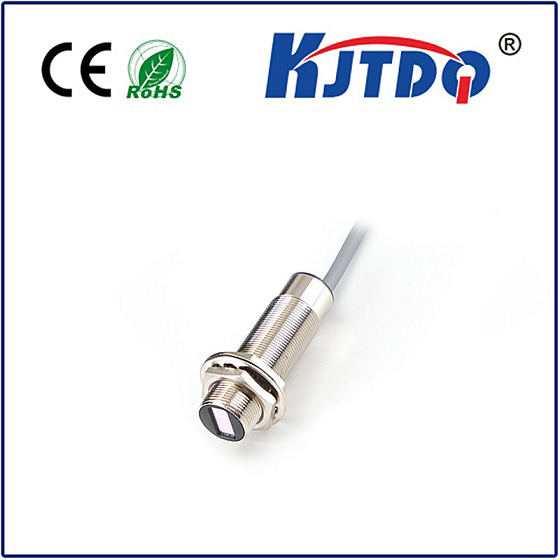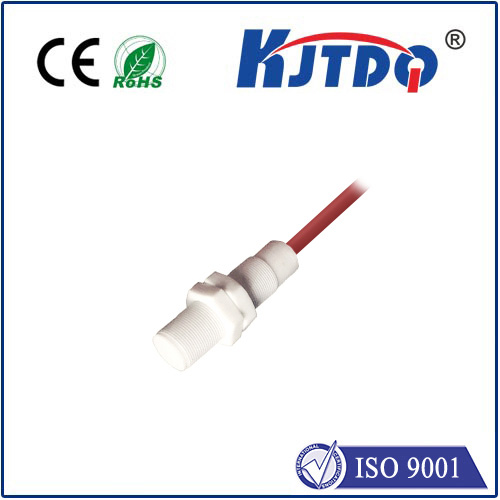
check

check

check

check
Photo sensor technology has become an integral part of modern society, from smartphones to security systems and beyond. However, with the increasing demand for these devices, there is a growing concern about the cost associated with their production and implementation. In this article, we will delve into the economics of photo sensor technology, exploring its costs and benefits.
The Cost of Production
The production cost of photo sensors varies depending on several factors, including the type of sensor, its complexity, and the materials used in its manufacture. For example, high-end photo sensors used in professional photography equipment can be significantly more expensive than those found in everyday consumer electronics. Additionally, the research and development process required to create new and improved sensors can also contribute to higher production costs.
Despite these expenses, the market for photo sensor technology continues to grow, driven by advancements in digital imaging and the expanding range of applications for these devices. As a result, manufacturers are constantly striving to find ways to reduce production costs while maintaining or even improving the quality of their products.

The Benefits of Photo Sensor Technology
While the cost of producing photo sensors may seem high, the benefits they provide often outweigh the expense. Photo sensors play a crucial role in many industries, from healthcare to transportation and beyond. They enable advanced features such as automatic lighting control, motion detection, and object recognition, among others.
In addition to their practical applications, photo sensors also have the potential to revolutionize fields such as environmental monitoring and energy efficiency. For example, researchers are currently exploring the use of photo sensors to monitor air quality and detect pollutants in real-time. Similarly, smart homes equipped with photo sensors can optimize energy usage by adjusting lighting levels based on natural light availability.
Balancing Cost and Benefit
As with any technology, it is essential to balance the cost of photo sensor technology against its benefits. While some applications may justify higher production costs due to their significant impact on society or industry, others may not be as easily justified. Manufacturers must carefully consider both the financial implications of their products and the potential benefits they offer when determining pricing strategies.
Moreover, consumers must also weigh the costs and benefits of photo sensor technology when making purchasing decisions. While some devices may offer advanced features that require expensive photo sensors, other options may be available at a lower cost without sacrificing too much functionality.
Conclusion
In conclusion, the economics of photo sensor technology is complex and multifaceted. While production costs can be high, particularly for high-end devices or those undergoing extensive research and development, the benefits offered by these devices often make them worthwhile investments. By carefully considering both the costs and benefits of photo sensor technology, manufacturers and consumers alike can make informed decisions that maximize value while minimizing expenditure.
